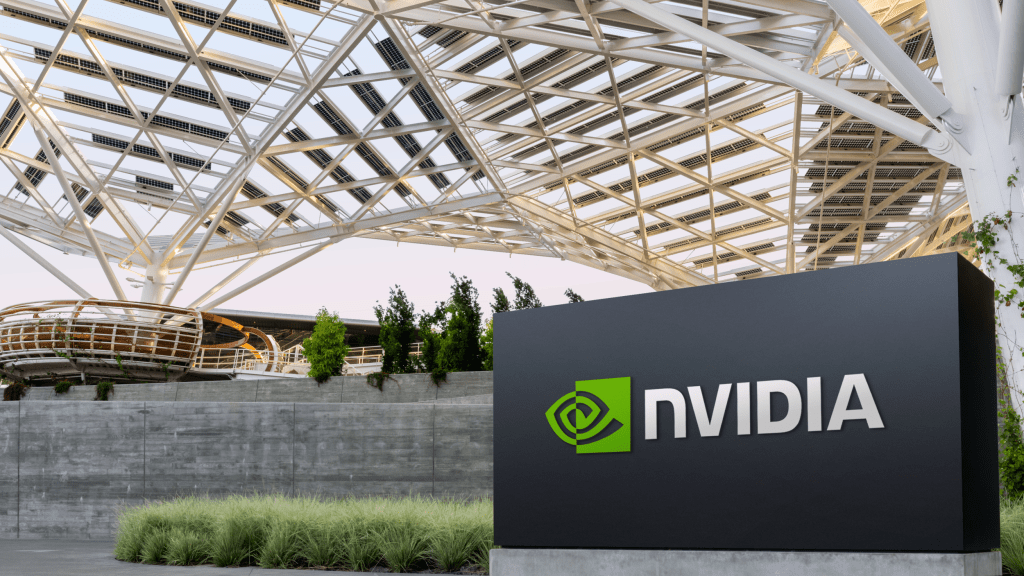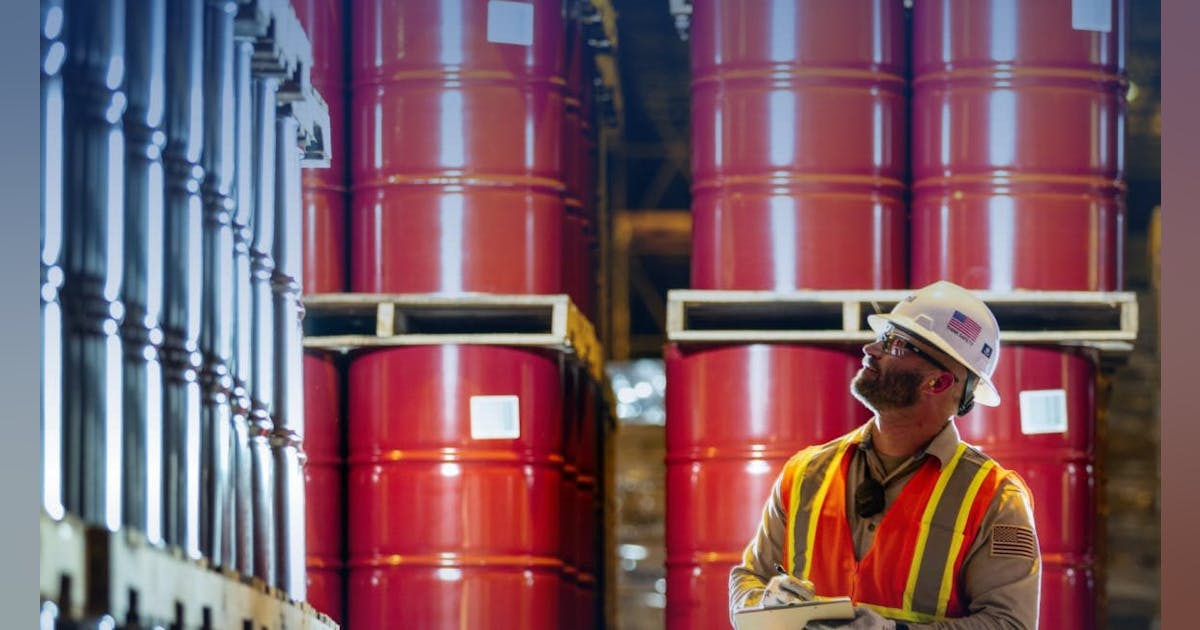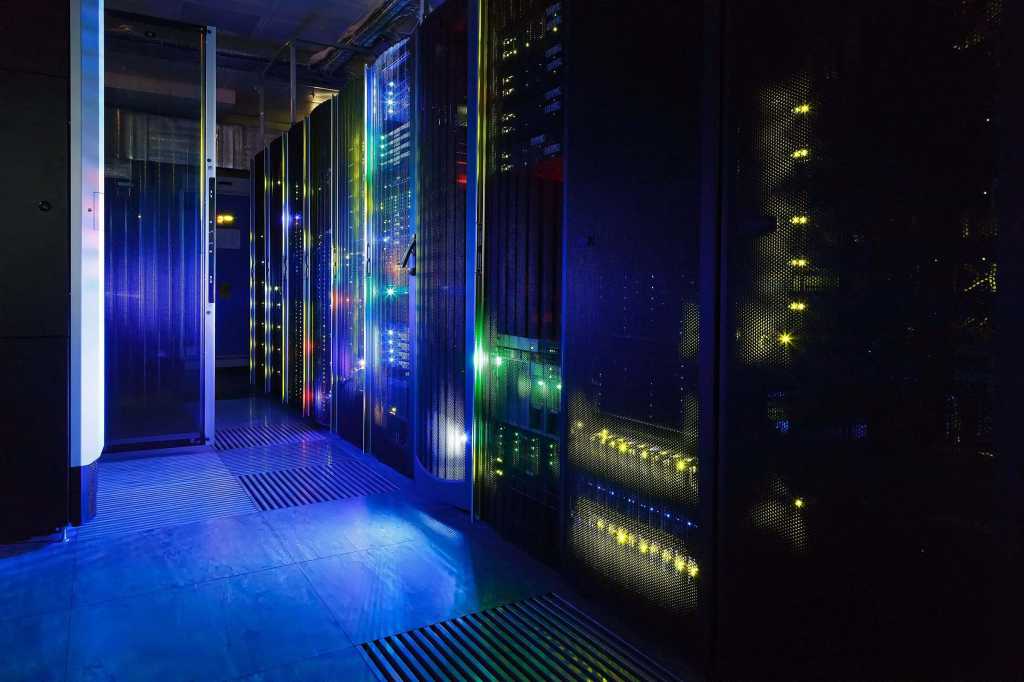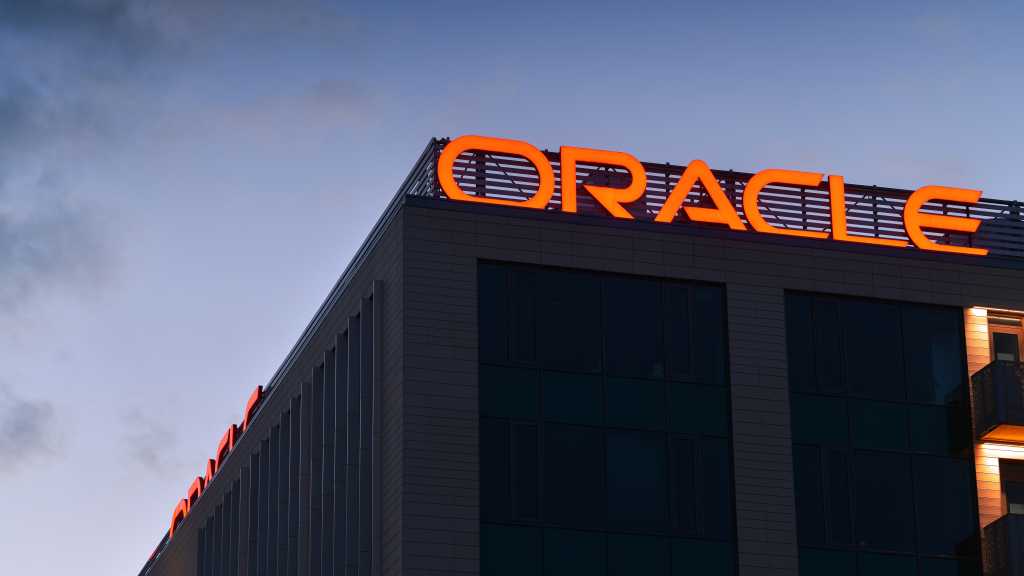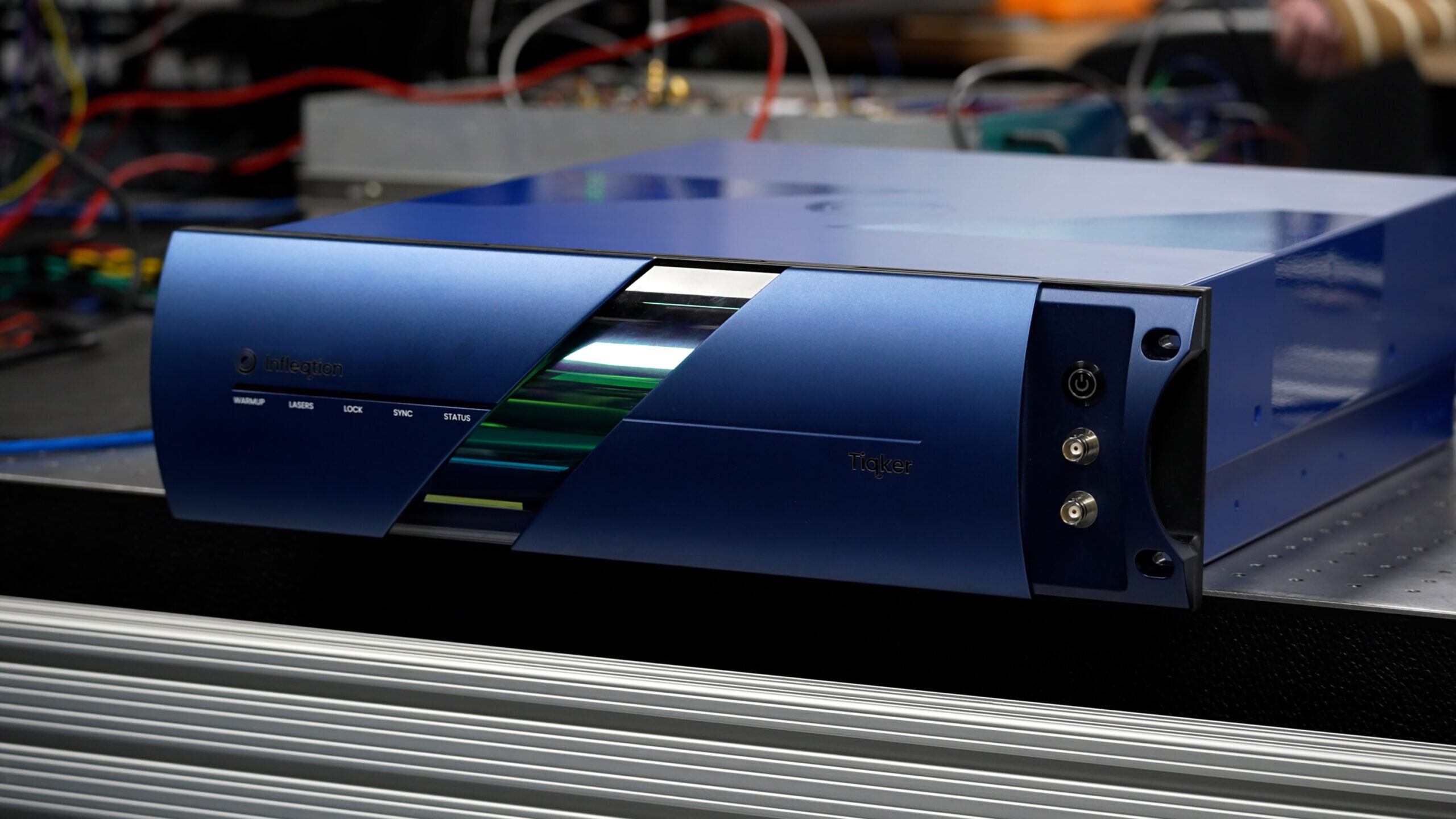Renewable energy developer OnPath Energy has announced plans to invest around £1 billion in clean energy projects across the UK over the next five years.
The announcement came as the company opened its new Sunderland headquarters, at Chase House on Rainton Bridge Business Park, with Secretary of State for Education Bridget Phillipson attending.
She said: “Clean power will unlock billions of pounds in investment and reindustrialise Britain with thousands of skilled jobs across the country.
“Through our plan for change, this Labour government will build an energy system that can bring down bills for households and businesses for good.”
OnPath Energy owns and operates ten onshore wind farms across Scotland and northern England with construction across several more projects expected in 2025.
The company has created more than 30 jobs over the last 12 months, with more set to follow.
The Wearside company – formerly Banks Renewables – was acquired by Brookfield Asset Management in late 2023. The Toronto-headquartered fund, chaired by former Bank of England governor Mark Carney, has over $1trillion (£818bn) worth of assets under management.
OnPath Energy CEO Richard Dunkley said that the investment plan will “create and support hundreds of skilled, sustainable green jobs across the UK, including within the North East.
“Alongside this, we are working to bring communities with us on the energy transition by creating industry-leading commitments on community benefits and community shared ownership.
“We will achieve this by developing people, giving them the skills required to underpin the sector’s future success, and by operating in genuine partnership with stakeholders and the communities in which we’re working; we describe this as the OnPath Together approach to development.”
Dunkley added: “OnPath has ambitious plans to make further long-term capital investment in this high-quality renewable energy infrastructure, amplifying the difference we can make to a net zero future for the UK that will help to lower consumer bills, improve the UK’s energy security and deliver a just transition that is fair and inclusive for everyone.”
Recommended for you

Power Moves: New Energy Industries Council directors and more

